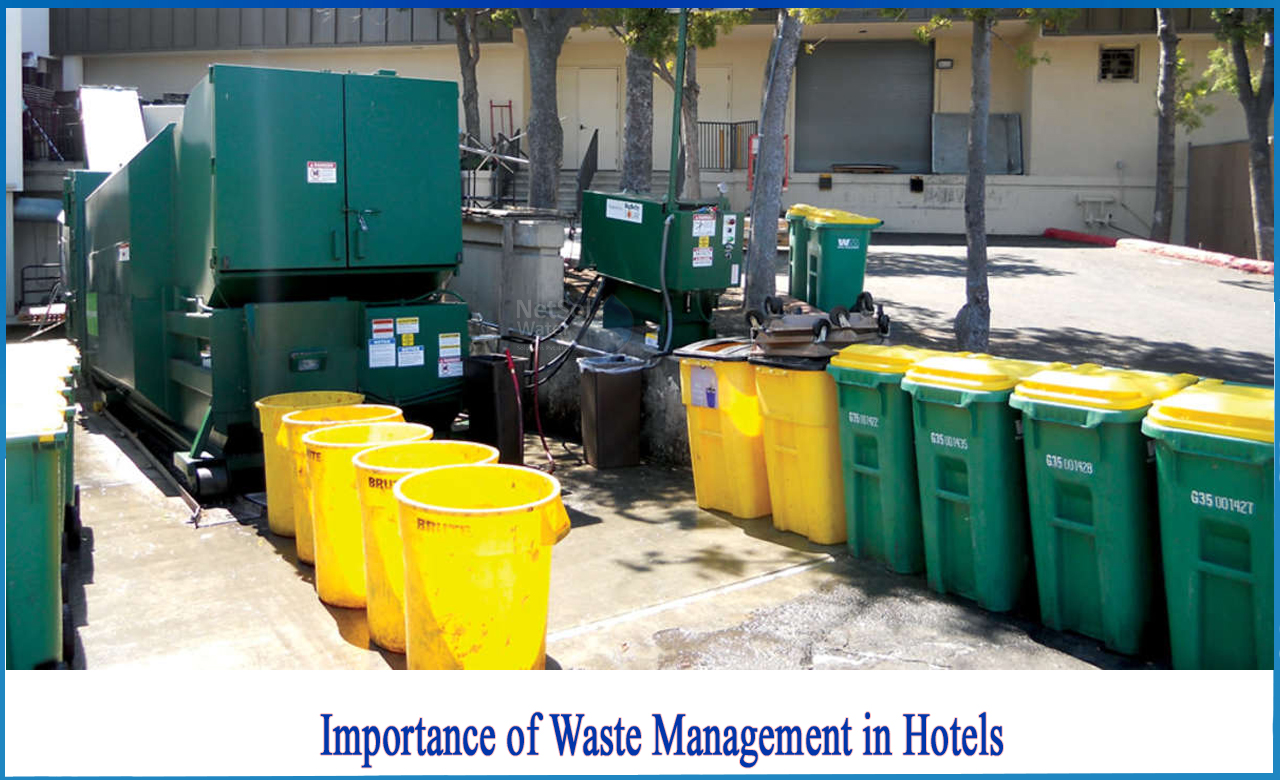Reclaim Waste for Dummies
Table of ContentsNot known Facts About Reclaim WasteSome Of Reclaim WasteSome Known Details About Reclaim Waste A Biased View of Reclaim WasteAn Unbiased View of Reclaim Waste
Discover the kinds, occurrences, and types of fluid waste. Residential sewage waste describes the waste and products from a household sewage-disposal tank. This sort of waste is created by people in houses, institutions, and other structures. This only consists of septic systems that have a drain field. The appropriate management and disposal of residential sewage waste need liquid waste to be moved to a sewage therapy plant where the proper approaches and devices are used to cleanse and deal with waste.
Commercial waste usually includes possible hazards, such as combustible materials or a combination of liquid and solid waste items, and requires a much more innovative and in-depth disposal procedure. The disposal of commercial waste normally involves the filtering of waste before transportation to ensure secure and appropriate disposal. Hazardous waste is created from by-products and overflow of commercial procedures and production.
This kind of waste can not utilize the exact same sewer management transportation or processes as septic or business fluids. The industrial waste monitoring process requires the assessment and screening of fluid waste before it undertakes the disposal procedure (liquid waste removal). Overflow waste is the fluid waste that originates from overflow and excess stormwater in extremely booming locations or cities
Drainage waste can create contamination and flooding if not managed properly. Guaranteeing appropriate waste monitoring can prevent disasters and lower ecological harm.
Reclaim Waste Fundamentals Explained
Get in touch with PROS Services today to learn about our waste administration and disposal solutions and the appropriate means to care for the fluid waste you produce.
This so-called 'wastewater' is not only a vital resource yet, after therapy, will certainly be released to our land, rivers or the sea. Used water from bathrooms, showers, bathrooms, kitchen area sinks, laundries and commercial processes is understood as wastewater.

water utilized to cool down machinery or clean plant and tools). Stormwater, a type of wastewater, is drainage that streams from farming and urban locations such as roofings, parks, gardens, roadways, courses and seamless gutters into stormwater drains pipes, after rain. Stormwater moves untreated straight to regional creeks or rivers, eventually reaching the sea.
What Does Reclaim Waste Mean?
In Queensland, a lot of wastewater is dealt with at sewer therapy plants. Wastewater is delivered from residential or commercial sites with a system of sewage systems and pump stations, called sewerage reticulation, to a sewage treatment plant. Neighborhood governments develop, maintain and operate most sewage treatment plants. Operators are licensed under the Environmental Defense Act 1994 to discharge treated wastewater at an acceptable environmental requirement right into waterways.
The Division of Natural Resources suggests city governments regarding handling, operating and maintaining sewerage systems and therapy plants. In unsewered areas, regional governments might call for owners to install individual or household sewer therapy systems to treat domestic wastewater from toilets, kitchens, restrooms and laundries. The Department of Natural Resources authorizes making use of house systems when they are confirmed to be reliable.
In some new subdivisions, treatment of some stormwater to get rid of trash, sand and gravel has started utilizing gross contaminant traps. Wastewater therapy occurs in 4 stages: Gets rid of solid matter.
Wastewater after that moves right into big storage tanks where solids work out and are removed as sludge. Grease and residue are skimmed from the surface. Makes use of tiny living microorganisms called micro-organisms to damage down and remove continuing to be dissolved wastes and great particles. Micro-organisms and wastes are included in the sludge. Gets rid of nitrogen and phosphorus nutrients that can create algal flowers in our rivers and threaten water life.
Not known Facts About Reclaim Waste
Nutrient removal is not offered at all sewage treatment plants since it needs pricey specialized tools. Clear fluid effluent produced after treatment may still consist of disease-causing micro-organisms - industrial wastewater treatment.

This generally means wastewater has actually to be treated or pollutants eliminated before it can be released to rivers. Many wastewater flows right into the sewage system. Under the Act, regional federal governments provide approvals and licences for ecologically appropriate tasks (Ages) including wastewater releases that may have a regional impact. The division provides authorizations and permits to Periods including wastewater releases that his explanation could have a regional or statewide influence.
Facts About Reclaim Waste Revealed
Tracking supplies accurate info regarding water top quality and can confirm that licence conditions are being satisfied. The details acquired via surveillance provides the basis for making water quality choices.
Comments on “Reclaim Waste Fundamentals Explained”